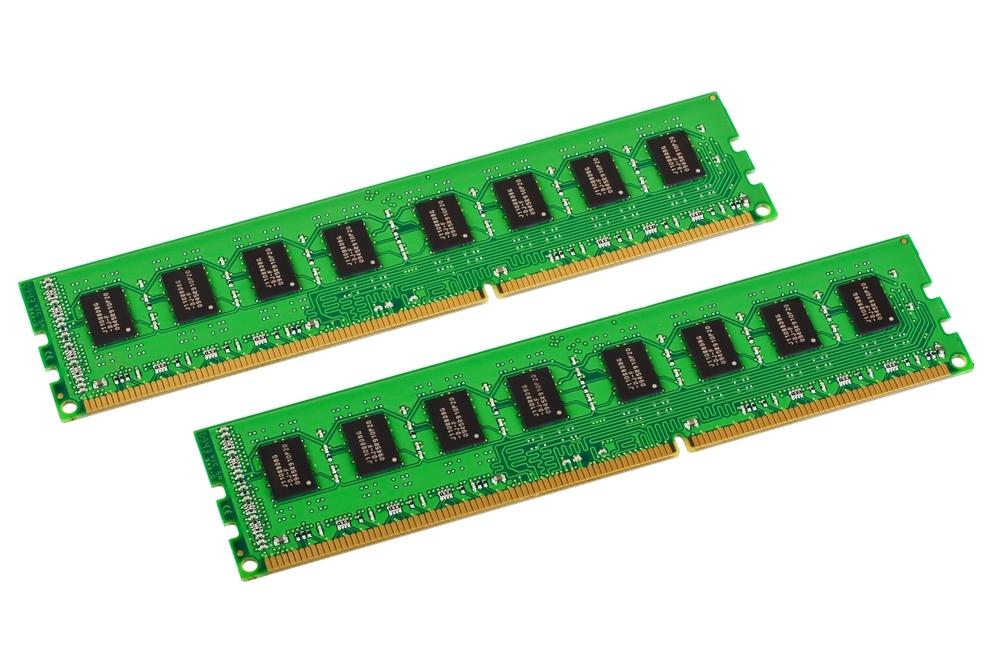In the intricate world of computing, memory plays a pivotal role in defining a system’s efficiency and performance. Among the various types, cache memory, desktop memory, and flash memory stand out, each serving unique functions that together enhance the computing experience. This post will explore how these memory types interplay to boost performance for IT professionals and tech enthusiasts alike.
Exploring Cache Memory
Cache memory, a smaller yet faster type of volatile computer memory, provides high-speed data access to the processor and stores frequently used computer programs, applications, and data. Cache memory is strategically placed close to the CPU (Central Processing Unit), enabling it to process data more efficiently than fetching data from the main memory. Incorporated in multiple levels – L1, L2, and L3 – each serves a specific purpose:
- L1 is the smallest and fastest, embedded directly into the processor chip, acting as a bridge between the ultra-quick registers and the somewhat slower L2.
- L2 is larger than L1, typically located on the processor but may be on a separate chip, offering a balance between size and speed.
- L3, larger than both L1 and L2, is accessible by all cores and bridges the CPU and RAM, handling larger data arrays less frequently.
The presence of ample cache memory leads to significantly faster data access speeds and an overall boost in system performance, making it essential for computing processes that demand high speeds.
Understanding Desktop Memory
Desktop memory, or Random Access Memory (RAM), is what your computer uses to hold data that is currently in use or being processed. RAM plays a critical role in determining how many tasks your computer can perform simultaneously without slowing down.
The evolution from DDR3 to DDR4 modules has brought about improvements in speed, efficiency, and capacity. DDR4 RAM, with its higher bandwidth and lower voltage requirements, supports faster system performance compared to its predecessor.
When considering a desktop memory upgrade, factors such as the maximum RAM capacity supported by your motherboard, the desired RAM’s speed, and whether ECC (Error Correction Code) is required for your use case should be taken into account.
Harnessing the Power of Flash Memory
Flash memory, a type of non-volatile storage, has revolutionized data storage with its compact size, durability, and efficiency. Used in Solid State Drives (SSDs), USB flash drives, and memory cards, flash memory offers several advantages over traditional Hard Disk Drives (HDDs):
- Faster Read/Write Speeds: Flash memory provides quick data access, significantly reducing loading times and improving overall system responsiveness.
- Durability: With no moving parts, flash memory is more resistant to shocks and wear over time.
- Efficiency: Lower power consumption makes flash memory an ideal choice for portable devices.
From enhancing everyday computing to supporting complex industrial operations, flash memory’s versatility and performance benefits are unparalleled.
Choosing the Right Memory Solutions
Selecting the right memory solution involves understanding the specific needs and usage scenarios of your system. Compatibility, capacity, and performance are the three pillars to consider when maximizing the benefits of cache, desktop, and flash memory. Tailoring your memory upgrades to match these considerations ensures not only a smoother computing experience but also a wise investment in your system’s future capability and performance.
Best Practices for Memory Management
Effective memory management is key to sustaining optimal performance. Monitoring your system’s memory usage can help identify bottlenecks, while regular updates and optimizations can maintain the efficiency of your memory solutions. Furthermore, adopting strategies to minimize unnecessary memory consumption can prolong the lifespan and efficacy of your memory components.
Conclusion
Underpinning every efficient computing system is an optimized memory framework that leverages the strengths of cache, desktop, and flash memory. By understanding these types and making informed decisions regarding upgrades and management, IT professionals and computer enthusiasts can significantly enhance their systems’ performance and reliability. Explore the possibilities that memory upgrades offer and take your computing experience to the next level.



